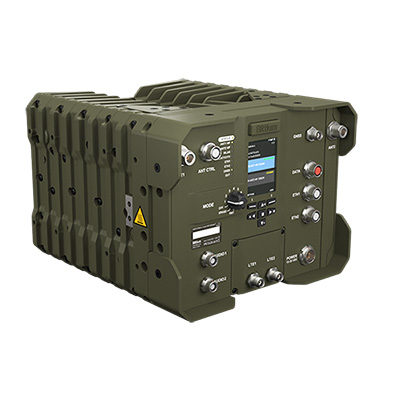What is Software-Defined Radio Tactical (SDR-Tac)?
24-07-2023
1 min read

Overview:
Indian Navy has begun equipping its warships with 'Made in India' Software-Defined Radio.
What is a Software Defined Radio (SDR)?
- SDR is a radio communication system that employs reconfigurable software-based components for the processing and conversion of digital signals.
- Unlike traditional radio communication systems, these radio devices are highly flexible and versatile.
- This is an emerging technology used to connect ever-increasing wireless world.

About Software-Defined Radio Tactical (SDR-Tac):
- Equipped with several multimedia capabilities, the indigenous SDR-Tac provides real-time voice, data and video information.
- It is built indigenously by the Navy’s Weapons and Electronics Systems Engineering Establishment (WESEE).
- What does SDR-Tac do?
- SDR-Tac is a four-channel multi-mode, multi-band, 19-inch rack-mountable, ship-borne software-defined radio system.
- It is intended to serve ship-to-ship, ship-to-shore, and ship-to-air voice-data communication for network-centric operations.
- It supports the simultaneous operation of all four channels covering V/UHF- and L-Band.
- This SDR system houses multiple types of waveforms for narrow-band and wide-band applications.
- Each ship will act as a relay wherein the data can jump from one ship to another.
- To transfer voice, data or video, the link device picks up the best-suited available network. It ensures that data reaches its destination.
Q1) What are radio waves?
Radio waves are a type of electromagnetic radiation best-known for their use in communication technologies, such as television, mobile phones and radios. Radio waves have the longest wavelengths in the EM spectrum, according to NASA, ranging from about 0.04 inches (1 millimeter) to more than 62 miles (100 kilometers). They also have the lowest frequencies, from about 3,000 cycles per second, or 3 kilohertz, up to about 300 billion hertz, or 300 gigahertz.
Source: Indian Navy equipping ships with cutting-edge 'Made in India' tech
